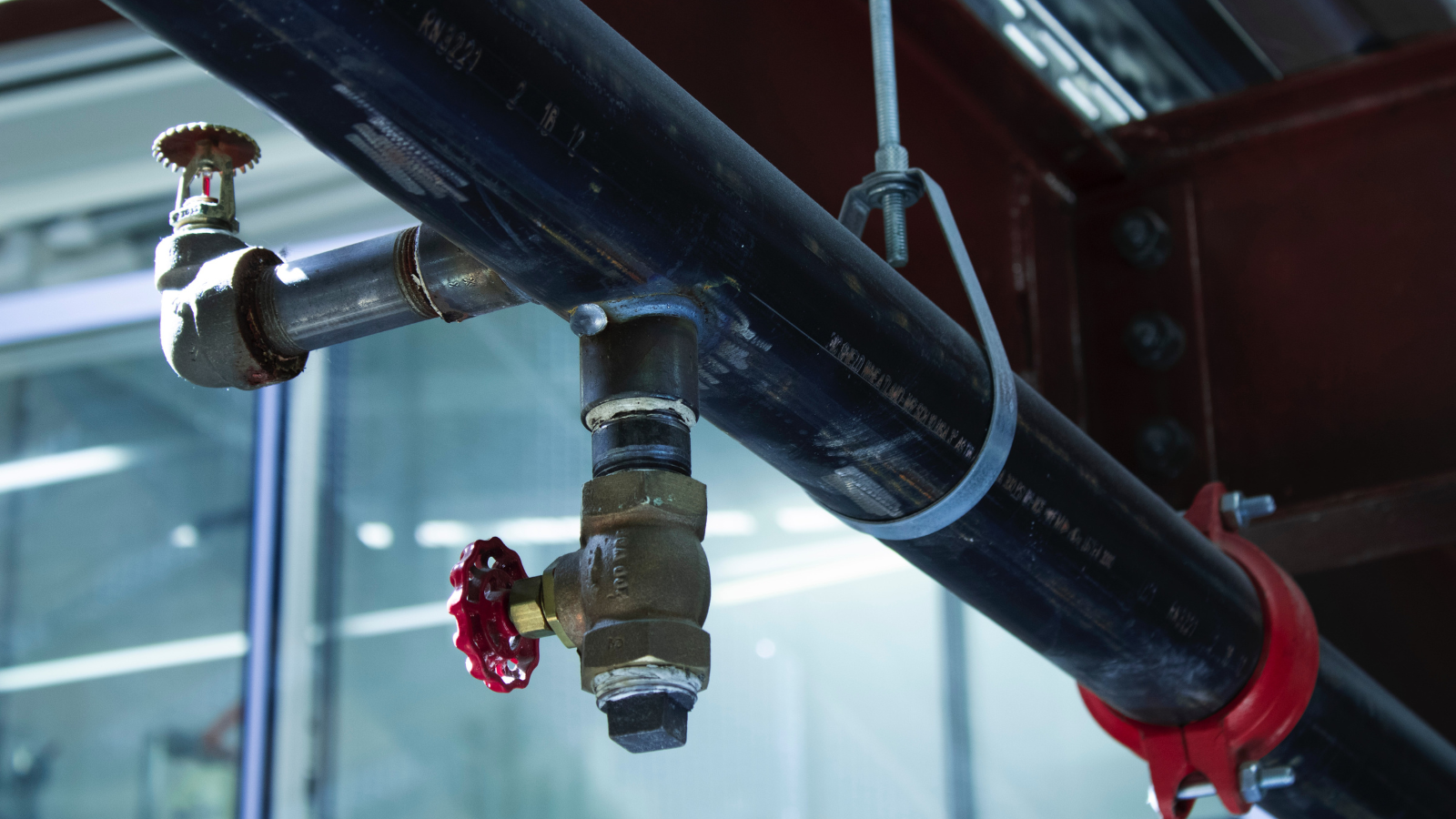Asset management focuses on improving the reliability, availability, operational performance, and lifetime of assets across the whole enterprise.
Modern equipment used for industrial applications is digitally-powered to collect data regarding its operations. It’s also internet-enabled to send this data to cloud-computing infrastructure for processing and storage.
This repository of historical data and real-time data streams can be analyzed to improve asset performance.
The benefits of using analytics to improve asset performance are:
- Automated resource allocation
- Dynamically scaled operations
- Increased asset reliability
- Improved operational design
- Agile decision-making
- User-friendly data visualizations
- Availability of contextual data
- Optimized operations to reduce cost
- Operational efficiency
- Improved process automation
The following sections cover the steps involved in using analytics to attain top-notch asset performance.
1. Objective definition
The asset performance analytics effort of your organization requires a north star.
Firstly, you need to define the goals for analytics efforts. Try to use quantifiable metrics as part of defining objectives, since it helps to assess and track the progress of each goal.
For example, “improve the availability of centrifugal pumps used in HVAC”, is a vague goal. On the other hand, “improve the availability of HVAC centrifugal pumps from current 85% to 98% in 6 months”, is an example of a good goal definition – it has measurable metrics that can be tracked, and a timeframe for the goals to be achieved.
2. Data collection
Successful analytics efforts, aiming to improve asset performance, depend on the ability to easily connect, manage, and analyze multiple data sources within the enterprise.
Map out the data sources for performing analytics, and if the data source is historical, ensure you have data permissions to access the API. If you are analyzing real-time data, ensure the robustness and availability of the data source.
3. Data cleaning
The data you collect might have many problems, and it is your job to rectify the data quality problems through data cleaning. This includes fixing incorrect, corrupted, duplicate, and/or incomplete data.
If you cannot fix it, remove that data point. Data points could also be improperly formatted or mislabeled; you need to rectify all such problems before proceeding to process the data.
4. Data analysis
Analyzing clean data is the major part of the operations – it’s analyzed to obtain insights into the way assets are operated, managed, and maintained across your entire enterprise.
It is impossible to analyze such a large repository of operational data, so statistical models are used to analyze data with computing power. Depending on the complexity of the objective, artificial intelligence techniques – such as machine learning and deep learning – can also be employed.
The outcome of data analysis is the insights – they’re used to upgrade various operational factors to improve asset performance.

Image courtesy Unsplash and Sebastian Morelli-Peyton
5. Visualization
Data and numbers are difficult to wrap our heads around, and sometimes using numbers to communicate facts can seem difficult and boring. But when these numbers are converted to images and other visual representations, they are easy to comprehend.
This is essential, as data analysis is done by data scientists – but managers are the ones that have to implement the needed solutions. Data visualization helps to effectively convey insights from data analysis to the stakeholders.
For example, you could share the effects of persistent machine breakdown and reactive maintenance with a long table of facts and figures. An alternative is a timelapse data visualization video that will convey the message much more effectively.
6. Sharing results
The insights and data visualizations from the analysis have to be shared with the stakeholders. Along with the results of the analysis, recommendations for improving asset performance should also be provided – after all, this is a big factor in enterprise asset management.
The manner of sharing the results is up to you – it could be a conference, presentation, article, blog, video presentation, or any other means. The critical point is sharing the asset performance information with the right stakeholders, on time.
7. Implementation
The next step is implementing the recommendations derived from the data analysis. This has to be done by the operations team.
Keep in mind that the job of the data analysis team is not over yet – they still need to keep track of asset performance. It’s important since it assesses whether the implemented recommendations are working as expected.
If they impact asset management negatively, the new implementations have to be retracted, and analysis has to be done – after identifying errors – all over again. The performance improvement has to be in line with the outcomes you expected when you made the recommendations.
If it is out of bounds, you have to go back to the drawing board again, and perform the analysis from scratch again, rectifying previous mistakes in the new analysis.
Wrapping up
Asset performance is a key factor in determining the productivity, performance, and profitability of operations across the entire enterprise. It can be improved by analyzing the immense amount of data generated by modern IoT equipment in factories. Boost your asset performance by making the right move and using analytics as described.
Bryan Christiansen is the founder and CEO of Limble CMMS. Limble is a modern, easy-to-use mobile CMMS software that takes the stress and chaos out of maintenance by helping managers organize, automate, and streamline their maintenance operations.




